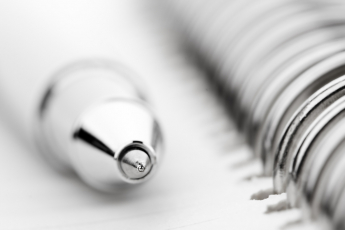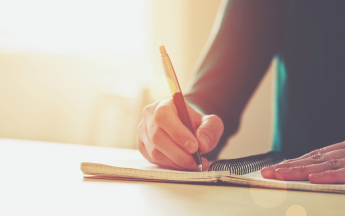Introduction This guide will explain everything you need to know about how to organise, research and write an argumentative essay. It is also available as a video on Capstone Editing’s YouTube channel. I developed this method as a tertiary student and perfected it as an academic. I have taught this system to hundreds…
-
-
As covered in the article ‘Use—and Non-Use—Of Dashes and Hyphens’ Part 1 and Part 2, the hyphen joins words together and is thus essential for compound words, of which there are three types: Open (or spaced) compounds, written as separate words (e.g. printing press, car wash or chief of staff) Hyphenated compounds, wherein separate words…
-
Arguments over the use of ‘which’ and ‘that’ are endemic. This is due to the differences between British English and American English; British English is less proscriptive and—in some styles—allows writers freedom to choose as they please, while American English regularly undertakes ‘which hunts’ to root out the ‘whiches’ doing…
-
‘Parenthesis’ (or the plural ‘parentheses’), also known more informally as ‘brackets’, is the term given to the following punctuation marks: ( ). There are two rules for using parentheses: Parentheses should always be used in pairs. Parentheses only enclose non-essential information. That means, the sentence should still make sense if…
-
Compound nouns (i.e. compound words functioning as nouns) are the most common type of compound word. While compound nouns usually appear as one or two words (e.g. bookstore, notebook or moving box), in some instances they require a hyphen. While your main consideration when hyphenating is consistency, you are advised…
-
Many people, even seasoned writers, struggle to differentiate between ‘who’ and ‘whom’. Some people mistakenly believe that ‘whom’ is a more formal version of ‘who’; this is not the case. In this article, we will define these two terms and give you some tips to ensure you use them correctly.…
-
While dashes and hyphens are distinct—both in appearance and function—the confusion they create (among students and academics alike) justifies their treatment in the same article, albeit an article lengthened to a two-part exposé. Part one will cover the functions and uses of dashes, while part two will cover the far less rigid…
-
In our previous article, we presented the theory behind the not only … but also construction. You’ll remember that this construction is a correlative conjunction. The key to the correct presentation of not only … but also is balance. Let’s look at a couple of examples from leading dictionaries accessed online. She not only wrote the…
-
If you are reading this blog, you are probably a person who frequently has to write for your studies or career. If you are, you may know that different fields, workplaces and publishers have their own preferred styles of writing. These preferences are often collected into a style guide, which…
-
In our previous article, ‘Approaching Your First Essay: A Quick Guide to Undergraduate Essays’, we outlined how to tackle your first uni essay. Particularly in your first year, undergraduate essays can be incredibly daunting. Writing a confident introduction is a necessary component of a successful undergraduate essay. This series, our quick guide to essay…









